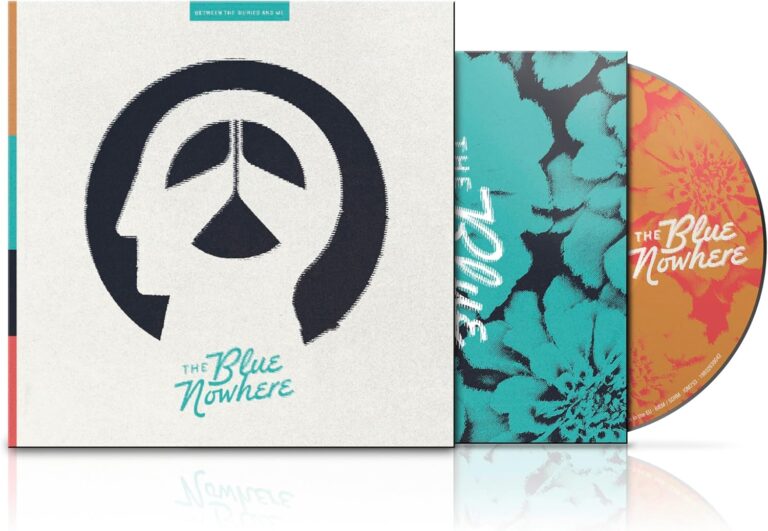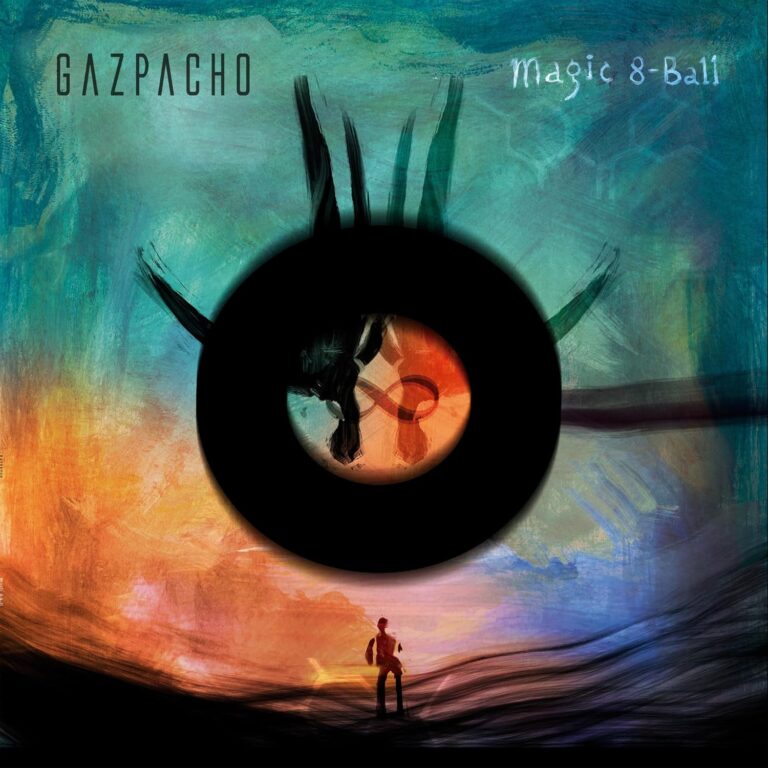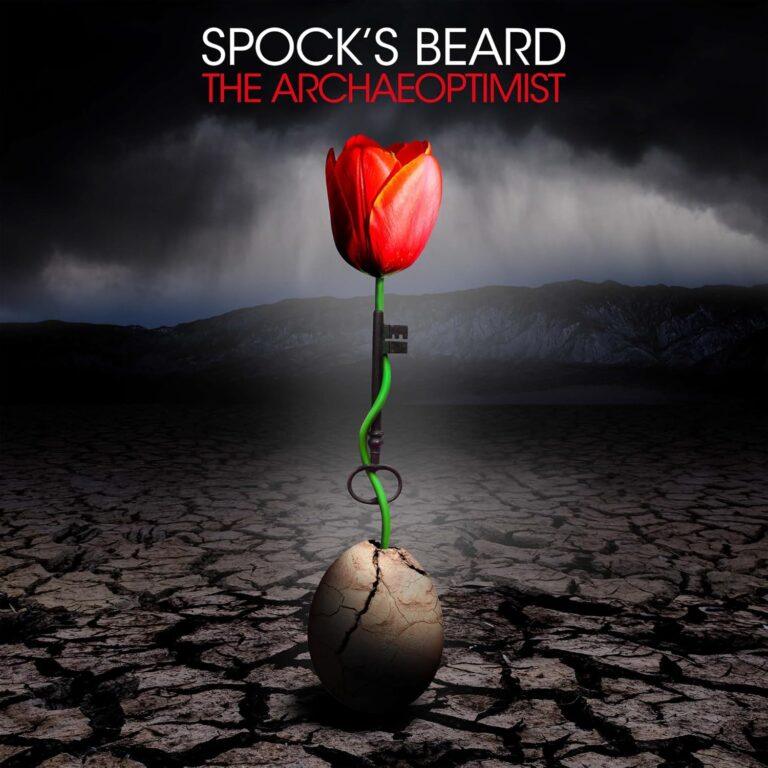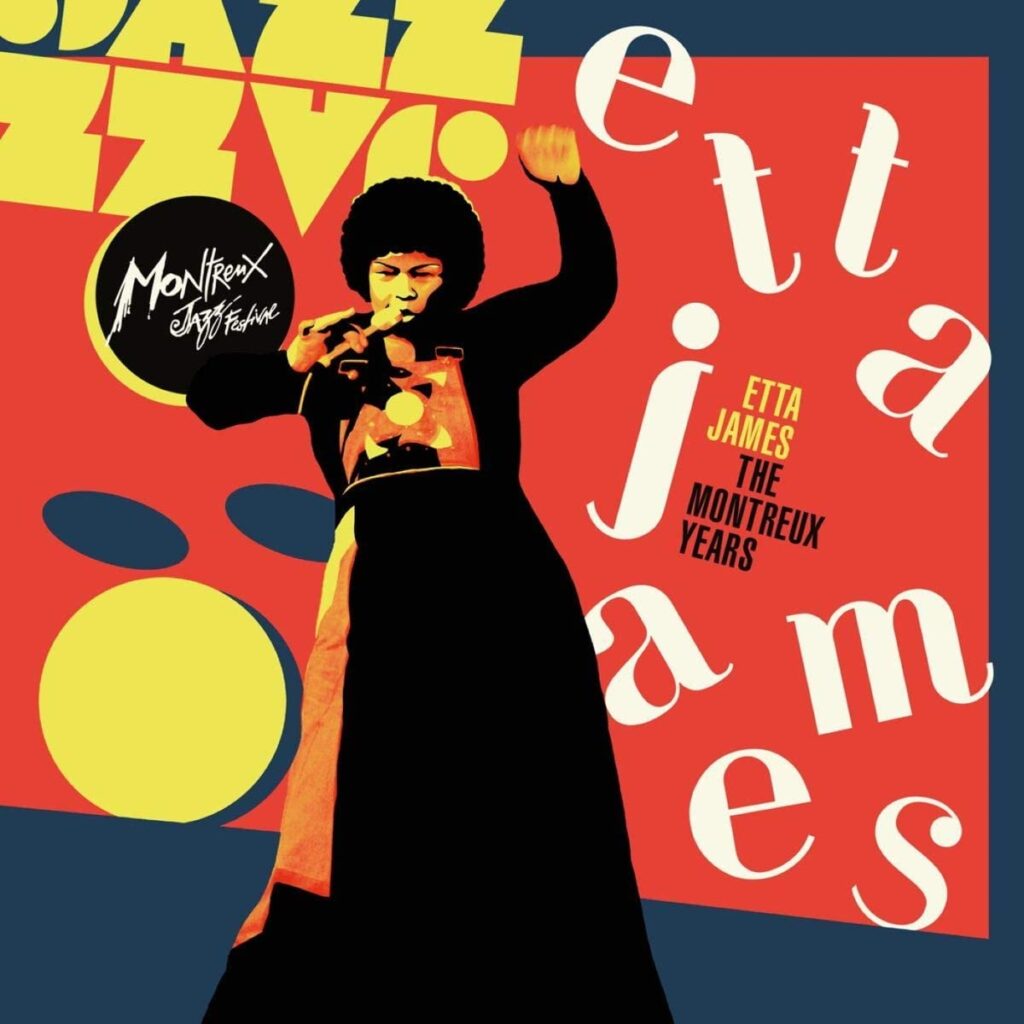
The second of two releases from the Montreux archives, Etta James The Montreux Years is available either as a double LP (reviewed here) or a double CD. As with the lovely Nina Simone collection (released on the same day), the double CD more or less replicates the vinyl running order on the first disc, whilst including a complete concert (from 1975) on the second. As an added bonus, both CD and vinyl feature detailed liner notes from Bob Merlis, Etta’s press agent and a close personal friend of Montreux organiser Claude Nobs, and these help to place Etta’s various appearances into their appropriate context. As we have come to expect from these archival packages, the vinyl edition is packaged in a handsome gatefold and the crackle-free platters are a real treat to set spinning on the player.
Etta James’ relationship with the Montreux Jazz Festival covered several decades, with the first show represented here recorded in 1977 and the last in 1990. The CD also includes a complete earlier set from 1975, while the vinyl includes I’d Rather Go Blind from 1977, so completists will undoubtedly want to get both formats. As with the Nina Simone set, the track list hops around the years to create a fantasy setlist that brings together the very best performances from the five separate shows represented and, thanks to Tony Cousins’ expert mastering, the result is an album that truly showcases Etta’s ferocious talent.
Side one opens with the horn-soaked Breakin’ Up Somebody’s Home from 1990. Etta’s in stunning voice, while the Roots band elicit cheers every time the audience have a moment to draw breath. It’s deserved too – it’s a hell of an opening number and the deftly remastered sound is rich, warm and dynamic. Tracked just the year before, I Got The Will is no less effervescent, Etta warming up the crowd before announcing the title as a grand declaration. Etta’s sense of humour is on full display as she announces I’d Rather Go Blind (from 1977). Rod Stewart recorded it, Etta says, as did she… only hers didn’t make any money! And then she leads her band into the track, and it’s like meeting an old friend, the warm tones washing over you thanks a to a recording so vibrant it feels like Etta’s right there in the room with you. It’s a gorgeous, epic rendition, and it leaves the first side to spin out on a quietly stripped-down take on A Lover Is Forever from 1993, recorded with just a guitarist in tow and standing in stark contrast to the bombast of the preceding number.
Side Two opens with a chilled out Damn Your Eyes (from the album Seven Year Itch), tracked in 1989. A smooth start to the record, it nevertheless hides a sting in the chorus that makes you gasp the first time you hear it. Next up, we head back to 1977 for an absolutely giddy version of Tell Mama. Soaked in horns and full of soul, it’s an electrifying version that has the audience running for cover. Keeping the vibe swinging, it’s back to 1990 for Running And Hiding Blues, a track that sees Etta operating in the same rarefied field as the likes of Buddy Guy, while a cameo from Claude Nobs on harmonica adds to the warm, community vibe that permeates the album. Side two concludes with Something’s Got A Hold On Me, recorded in 1989 and originally written some thirty years before that. A crackling rock ‘n’ roll track, it’s the perfect showcase for Etta’s sublime talents, and the way her voice tears right through the gap between the instruments will left you awestruck even some thirty years after the fact.
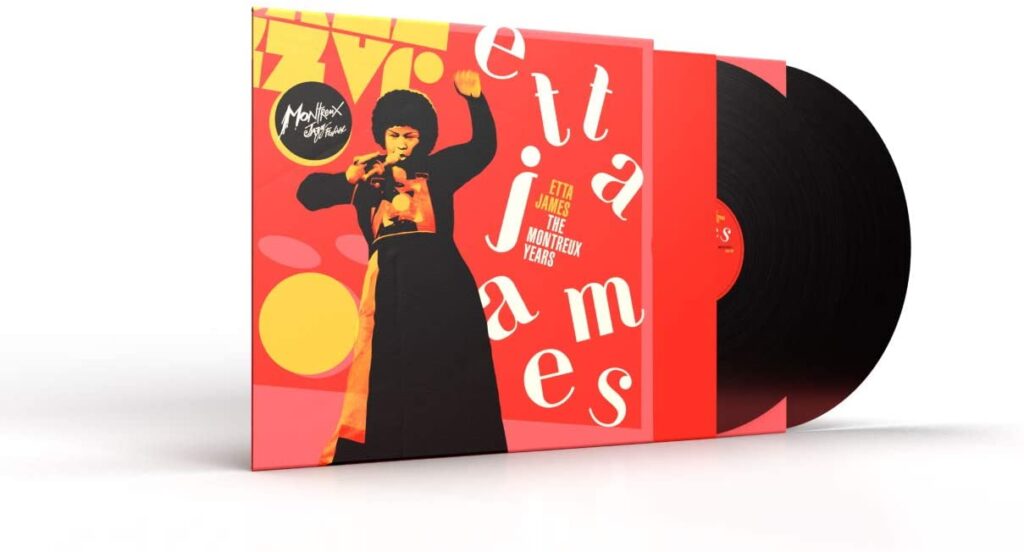
Side Three opens with the slinky Beware (tracked in 1993), which comes across as a grittier take on the blues of Robert Cray, complete with scorching solo. However, it’s eclipsed by an utterly glorious Come To Mama, recorded in 1990 and underpinned by the sort of soul-shaking bass that makes you wonder if anyone was able to keep their seat during the track. The side ends with one hell of a tour-de-force, as Etta leads her band through a jazzy medley of At Last / Trust In Me / Sunday Kind Of Love. The perfect example of Etta’s ability to change modes at will, it’s a light-hearted medley and you can feel the love in the room as Etta leads the band through it.
Side Four opens in 1993, with Etta eliciting cheers as she lists the great artists of the blues who influenced the stunning I Sing The Blues For You Baby, a track that shifts through the gears from Muddy Waters grind to Blues Brothers swing with such aplomb that you’re on your feet and dancing before you even realise what’s happened. While sticking firmly in the blues, the final track heads all the way back to ‘78 for a suitably blistering What You Want Me To Do, the band laying down a molasses thick blues backdrop over which the harmonica rages. Etta, of course, is in her element, and her delivery is ferocious – one last reminder of her total command of the stage – and then it’s gone, the record fading out to the sound of an audience in raptures.
This is an immense collection, beautifully curated to offer a compelling record of Etta’s remarkable contributions to the Montreux experience. The fact that no particular song stands out is by no means a criticism, but rather a testament to the jaw-dropping quality of every single track on offer, and it’s only after the record finally spins to a halt that you realise the dizzying scope of an artist who covered jazz, blues, soul and rock ‘n’ roll with equal aplomb. With nearly a hundred minutes of music passing in the merest blink of an eye, Etta James The Montreux Years is simply perfect in every conceivable way and the perfect tribute to a much missed star. 10/10

